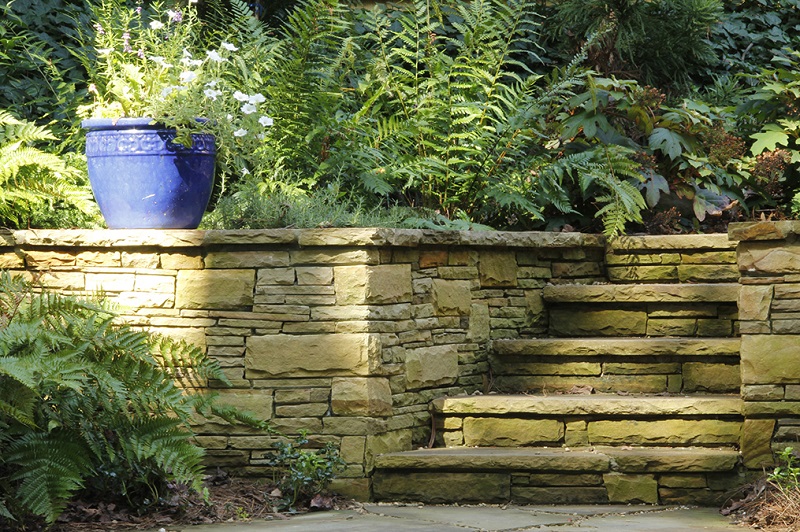Separating the soils of areas at two different elevations can be difficult unless you are installing special walls that can restrain the soil and movement of water as well. The retaining walls are the ideal architectural structures to serve the purpose. Although it may seem that it is too easy to build these walls, the actual process is not so simple. In fact, a lot of considerations are necessary before the construction of the walls.

The pressure of Earth
The professionals who will handle the project must possess in-depth knowledge about the calculation of lateral earth pressure. The backfill usually creates pressure. The lateral earth pressure generates a force, which comprises of mostly the load that will be opposing the wall erection.
- The first assessment of the pressure at a particular segment will aid further calculations.
- The professionals should know about the parameters to consider for calculating the pressure.
- The angle of internal friction, soil unit weight, water table location, plasticity, and cohesion contribute to the total earth pressure behind the wall.
The correct analysis of force and pressure are vital for the accurate placement of the wall.
Follow the regulations
The retaining walls will be highly durable if you choose the right materials, for instance, the more permanent wall types. A standard retaining wall should serve a duration of 50 years, while the temporary walls will carry around 5 years of service.
Another legal consideration that you have to maintain is the restrictions from the state laws and also the building codes in the locality. That is why it is extremely important to recruit expert professionals who are well aware of the building codes and how to implement this as per the compliance without hampering the quality or design of the walls.
- Check the license of the specialist
- Ask for the different warranty periods
- Verify design approval before starting with the work physically
Effective planning
The key to the successful installation of the retaining walls is effective planning. Discuss with the contractor the purpose of installing the wall. Depending on the extent of functional and aesthetic requirements, the contractor can offer you the best solutions.
The physical work should begin only after you see the plan thoroughly and make the modifications that you desire. Sometimes, edits are not possible as the landscapers might not offer any better option for the purpose.
Proper backfill
The professionals place weep holes of four to six inches diameter on the walls in every 3 to 4 feet intervals. These holes will allow the passage of a small section of the drainpipe through the wall. Sometimes, there can be stains in the area below the weeping holes, as there is filtration of dirty water.
However, it is possible to eliminate the need for weep holes by using perforated pipes in the gravel bed behind the retaining walls. If the wall is less than 3 feet, you won't need any drainage as long as the wall is permeable.

Enhance the functionality
Sometimes, the space in the yard can be less productive owing to wrong planning. With the help of the retaining walls, you can make sectional areas for landscaping, tree plantations, special flower bed creation, and areas for personal relaxation as well. It can effectively help in maximum utilization of the outdoor space available without ruining the aesthetic value.
Save the greenery
Flash floods and torrential rain can actually damage the plants in the garden. Therefore, if you want to protect the greenery, then you have to consider all the necessary parameters before the construction of the retaining walls.
These will be permanent structures that will beautify the space and add much functionality. So, you need to make the most of it with careful consideration.